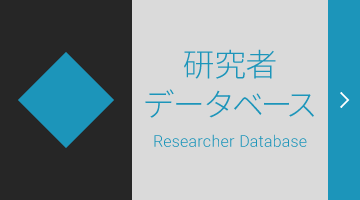| Journal Title /掲載ジャーナル名 |
ACS Catalysis |
| Publication Year and Month /掲載年月 |
July, 2025 |
| Paper Title /論文タイトル |
Electrically Assisted Low-Temperature Dry Reforming of Methane Suppressing Carbon Deposition under High-Pressure Conditions |
| DOI /論文DOI |
10.1021/acscatal.5c03126 |
| Author of Waseda University /本学の著者 |
SEKINE, Yasushi(Professor, Faculty of Science and Engineering, School of Advanced Science and Engineering):Correspoinding Author, Last Author |
| Related Websites /関連Web |
– |
| Abstract /抄録 |
Our approach to high-pressure dry reforming of methane (DRM) achieves synergistic performance enhancement via application of an electric field (EF) over a 1 wt % Ru/La2Ce2O7 (LCO) catalyst. Conventional DRM is adversely affected by compromised activity and catalyst stability under pressurization caused by unfavorable thermodynamics. In sharp contrast, EF-assisted DRM has achieved exceptional CH4/CO2 conversion. In fact, high H2/CO ratios show coke resistance at temperatures as low as 473 K, which exceeds the equilibrium conversion constraints observed for conventional DRM. Pressurization was found to further enhance EF-assisted DRM activity by increasing the surface coverage of adsorbates that facilitates surface protonics, which is a proton hopping mechanism that promotes CH4 dissociative adsorption at low temperatures. Raman measurements and TEM-EDX mapping results show remarkable suppression of carbon deposition and metal sintering as the cause of long-term durability of EF-assisted DRM. When elucidating the reaction mechanism, temperature dependence, and turnover frequency (TOF) investigations have indicated unconventional anti-Arrhenius behavior, particularly identifying the metal–support interface as the primary active site. Partial pressure-based kinetic studies and transient gas-switch test results suggest that CHxO species serve as key reaction intermediates capable of direct decomposition into H2 and CO. NNP-based structural optimization calculations identified CHO* as the most stable intermediate species formed through lattice oxygen interactions with CH4 dissociation. From C–H*, although oxidation into CHO* is kinetically favorable, dehydrogenation into C* is thermodynamically favorable. For rationalizing the distinct coke suppression shown by EF-assisted DRM, investigations of C–C* aggregation have revealed that C–H* formation grew increasingly more favorable over C–C* in the presence of high surface H concentrations. Granted that high H surface coverage was found in pressurized EF-assisted DRM, this growth indicates a potential H feedback mechanism that facilitates hydrogenation to C–H*, thereby suppressing coke formation. |






